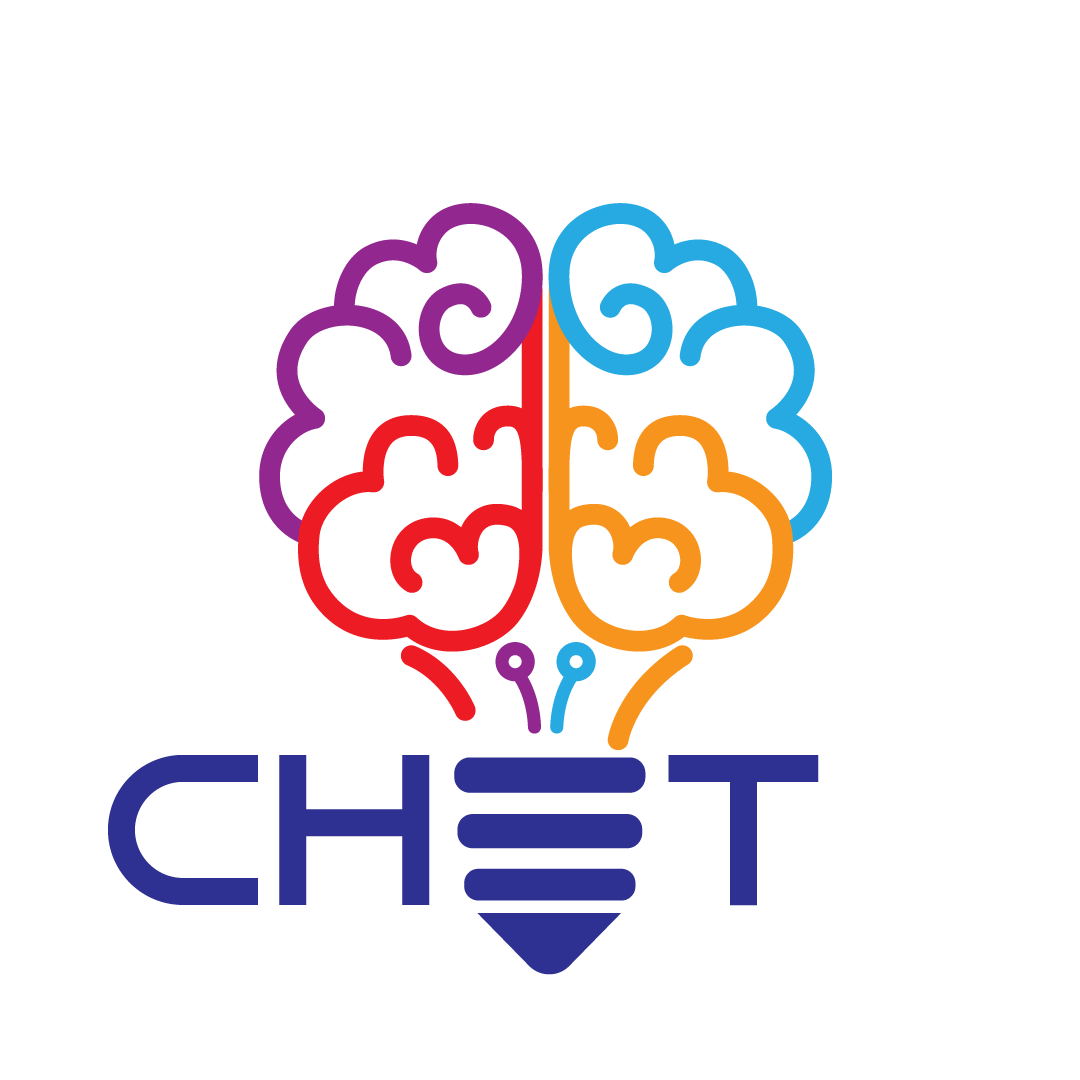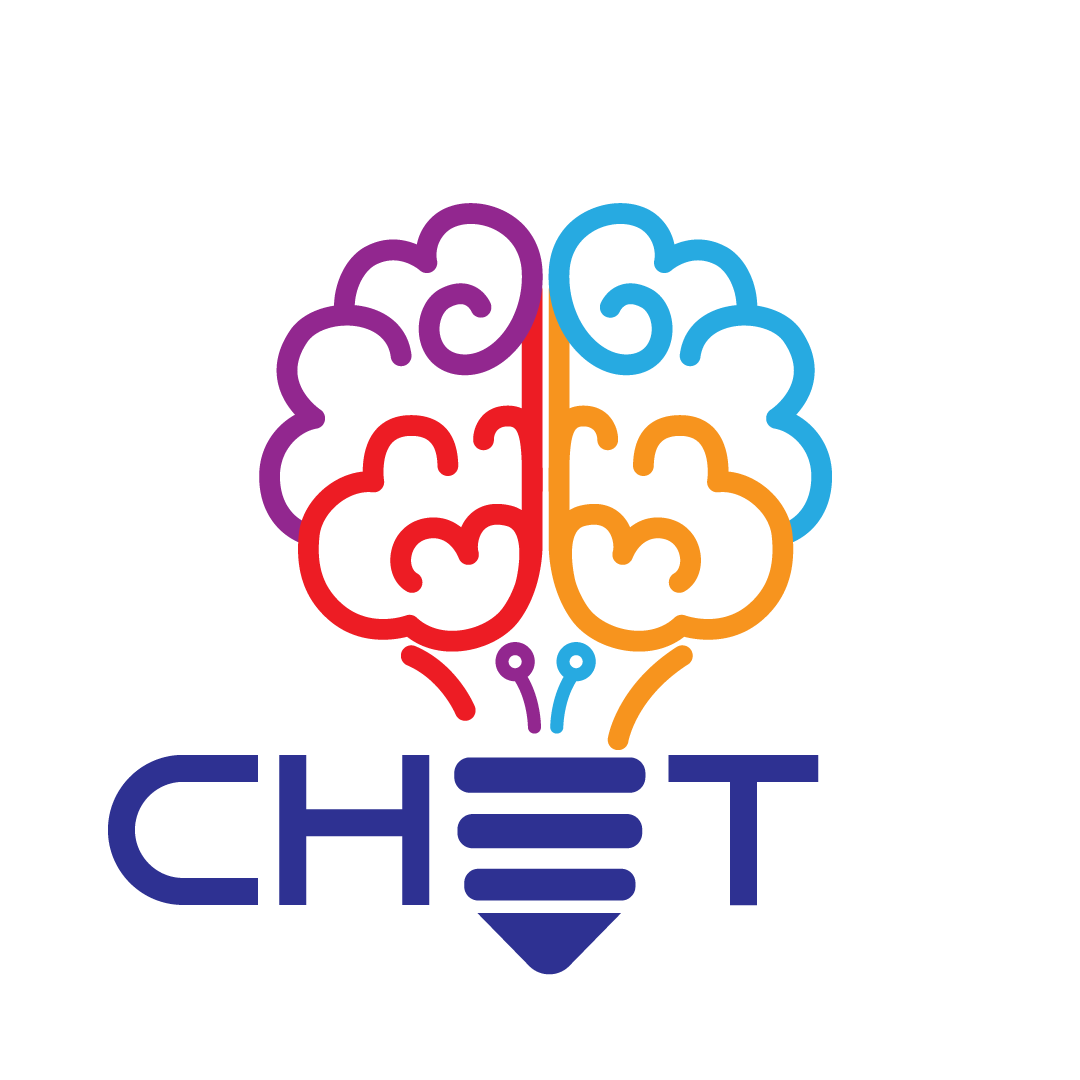
Creativity In Teaching
- /
The NAF Technique
The NAF technique is an idea selection method that aims at identifying, from a bunch of ideas, the one which is most New, Appealing and Feasible.
Description
What is this technique about
The NAF technique is an idea selection method that aims at identifying, from a bunch of ideas, the one which is most New, Appealing and Feasible. The purpose of this method is basically to score ideas and decide upon whether they are worth pursuing or implementing. In addition, NAF enables you to see the alternatives to increase the chances of success when developing or implementing an idea. The NAF criteria can also be replaced or complemented with other evaluation criteria.
Where does it come from
In the NAF technique, solutions are analyzed according to their novelty, attractiveness and functional usefulness. This technique is designed to measure gut feelings concerning particular ideas and hence it is denepdent on participant's instincts and judgement. This method fosters an overall idea on the probability of success for any given creative thought.
For which purposes it is used (why in your engineering teaching)
In order to select ideas, ranking and grades are given based upon opinion and evidence on a 1-10 scale for each attribute. In order to rank the ideas, this question shall be taken into consideration: Novelty - How novel is the idea? If it isn't novel for this situation, it probably isn't very creative attractiveness - How attractive is this as a solution? Does it completely solve the problem? Or is it only a partial solution? Functionality - How feasible is it to put this into practice? It may have been a really attractive solution to use a time machine, but is it really feasible? The following interpretations shall be taken into consideration after the voting process is complete: If an idea is not new, not appealing and not very feasible then it is more likely that the implementation will be poor. If an idea is extremely new, highly appealing but not very feasible, then it is worthwhile to take the idea further to see if the functionality can be improved by creative solutions. If an idea's average appeal is scored more than 5, it is worth exploring. It is possible that further exploration and knowledge about the problem and potential solutions can increase the appeal of the idea.
IMAGE
An adapted advanced application of NAF in Engineering is a pairwise comparison chart (PCC). Such charts are used for evaluating design concepts of new products against each other by rating them according to certain goals. They help to understand the relative importance of items. Again, the evaluation shall be based on gut feeling. An exemplary PCC can look like that:
IMAGE
Table from Dym,, Little, and Orwin (2013, p. 63)
In a PCC, O is inserted when the attribute in a column is preferred over attribute in row, and 1 is inserted when the attribute in a row is preferred over the attribute in a column. Then, the total weight of the items is calculated.
General overview of how to implement it
Preparation:
- Prepare blank cards and make them available to everyone.
- Designate a volunteer as a facilitator or take this role yourself.
Application:
- Each item should be scored of 1 to 10 for three items:
- The facilitator should read out each idea to the group.
- Ask the group to vote for New, Appeal and Feasibility. Give a score from 1(lowest) to 10 (highest). This is totally subjective.
- Each participant must write all three scores on a single card and pass it to the facilitator.
- The facilitator collects the vote cards for each idea and put them next to the corresponding idea card.
- Continue until all ideas are considered and voted on.
- The facilitator should now go through ideas one at a time.
- For each idea, an average score should be calculated for New, Appeal and Feasibility. This should then be shared with the group and discussed.
- Analyse the data to see how much variation you get in each parameter, in particular in feasibility. Continue one idea at a time until all ideas are covered.
- Now get the group to have an overall discussion about all ideas explored and come up with a series of conclusions and actions.
Once you have the mark out of 30 for each potential solution, you can easily rank them to then refine the top few. Each person should write his/her score for each category on a separate card which will act as a vote. The idea might not be new to the world, but if is totally new to you, give it a score of 10 and likewise, if it is not new at all, give it a score of 1.
Materials/equipment needed
- Printed out NAF table/tempalte
- one pen per participant
Resources
References
Books Dym, C. L., Little, P. and Orwin, E. J. (2013), Engineering Design: A Problem-Based Introduction, 4th ed. Wiley.

.jpg)
